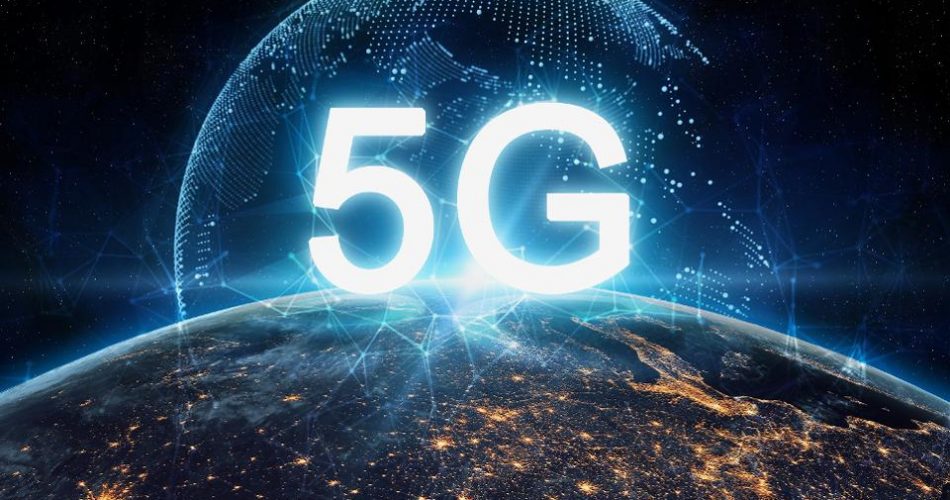Operators 'must do more' to drive 5G adoption
Ericsson believes consumers need more from their 5G network

Ericsson has urged mobile operators to do more to educate consumers about the benefits of 5G and identify use cases that will drive adoption of compatible handsets and subscriptions.
Independent analysis suggests that wider availability of compatible devices, coupled with a wider post-pandemic recovery and accelerating network deployments will all contribute to the number of global 5G connections trebling to 670 million during 2021.
However, Ericsson’s 5G consumer survey, which it claims is representative of 1.3 billion smartphone users, is concerned that mobile users do not share the same enthusiasm as mobile operators about the benefits of next generation networks.
- What is 5G? Everything you need to know
- These are the best business SIM-only deals around today
- And the best business broadband deals
Global 5G connections
In the UK, it is thought that 5 million people could take up 5G in 2021. But the study notes that 97% of all consumers do not have a 5G smartphone or 5G-ready subscription and that the number of people saying they plan to upgrade has fallen from 27% in 2019 to 25% today.
This is despite the fact all four operators have launched their services and are expanding nationally. EE, which has the widest coverage of any 5G operator, has more than a million connections.
Globally, 70% of consumers expect 5G to enable innovative services and applications but two thirds of these use cases have yet to be commercialised. Ericsson says operators need to better market the value of 5G services and identify the innovative services that will drive enthusiasm among more consumers - not just early adopters.
However trends among British users that have already upgraded provide some examples of benefits that could be conveyed.
Are you a pro? Subscribe to our newsletter
Sign up to the TechRadar Pro newsletter to get all the top news, opinion, features and guidance your business needs to succeed!
For example, 5G users consider indoor coverage and battery life to be just as important as speeds, a fifth use Wi-Fi less than before and subscribers spend three more hours per week on AR apps and cloud gaming on their phone compared to 4G users. 5G subscribers also consume two and a half more times data than those on 4G. All of these mean a stronger relationship between operator and customer.
The challenge for operators is to demonstrate how the additional capacity, speed, and low latency of 5G deliver these benefits.
The rewards at stake are significant. 5G customers think more highly of their operator than their 4G counterparts, while UK consumers are willing to pay 7% more than the 10% premium they are willing to pay for 5G. These trends can reduce churn and increase average revenue per user (ARPU) for operators.
Of course, Ericsson has a vested interest in this. As one of the world’s biggest manufacturers of telecoms equipment and one of the ‘big three’ in the radio access network (RAN) market, it stands to benefit greatly from investments made by operators.
“So far, analyses of 5G network experiences have mostly focused on 5G speeds and availability based on independent network measurements,” said Jasmeet Singh Sethi, Head of ConsumerLab, Ericsson Research. “But it is equally important to understand how 5G early adopters perceive that experience.”
Research from CCS Insight says 5G is on the verge of becoming mainstream and believes 75% of all devices sold in developed markets to be compatible by the middle of the decade.
- These are the best iPhone 12 deals available today
Steve McCaskill is TechRadar Pro's resident mobile industry expert, covering all aspects of the UK and global news, from operators to service providers and everything in between. He is a former editor of Silicon UK and journalist with over a decade's experience in the technology industry, writing about technology, in particular, telecoms, mobile and sports tech, sports, video games and media.